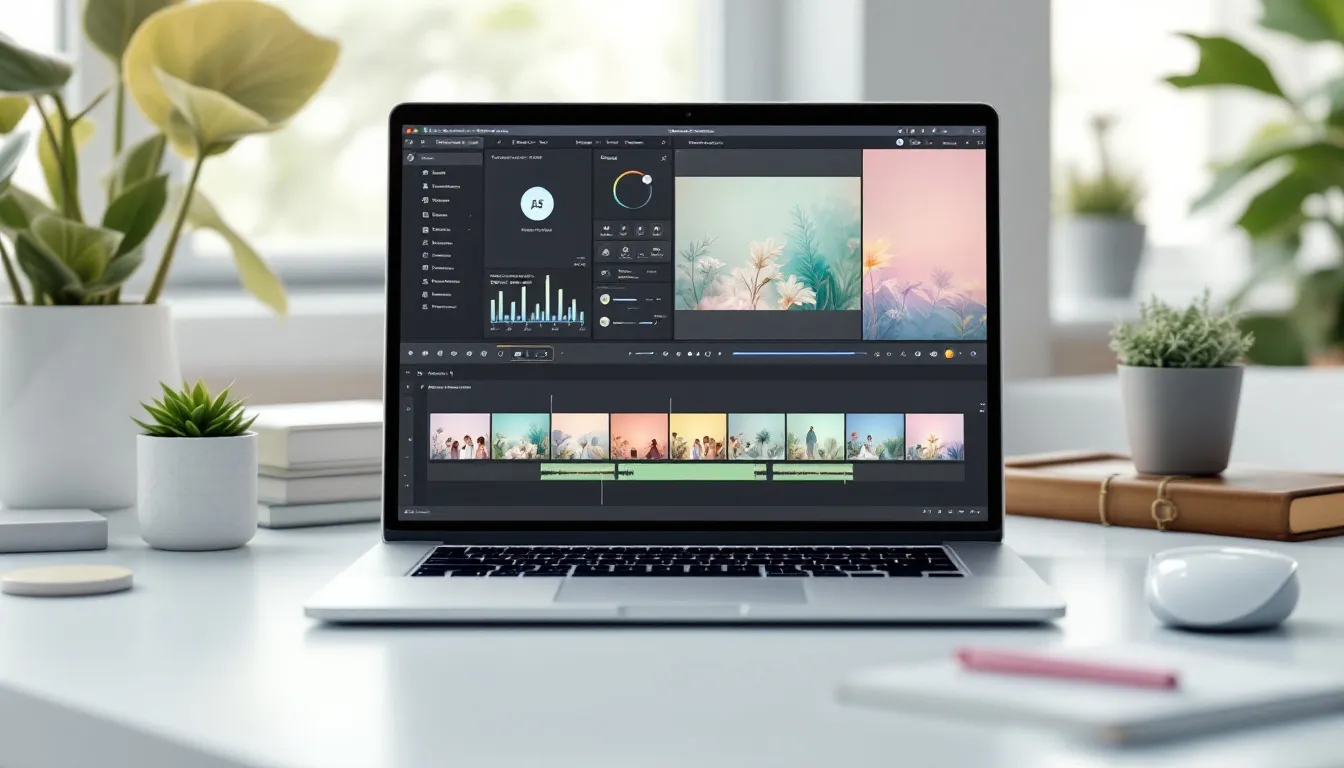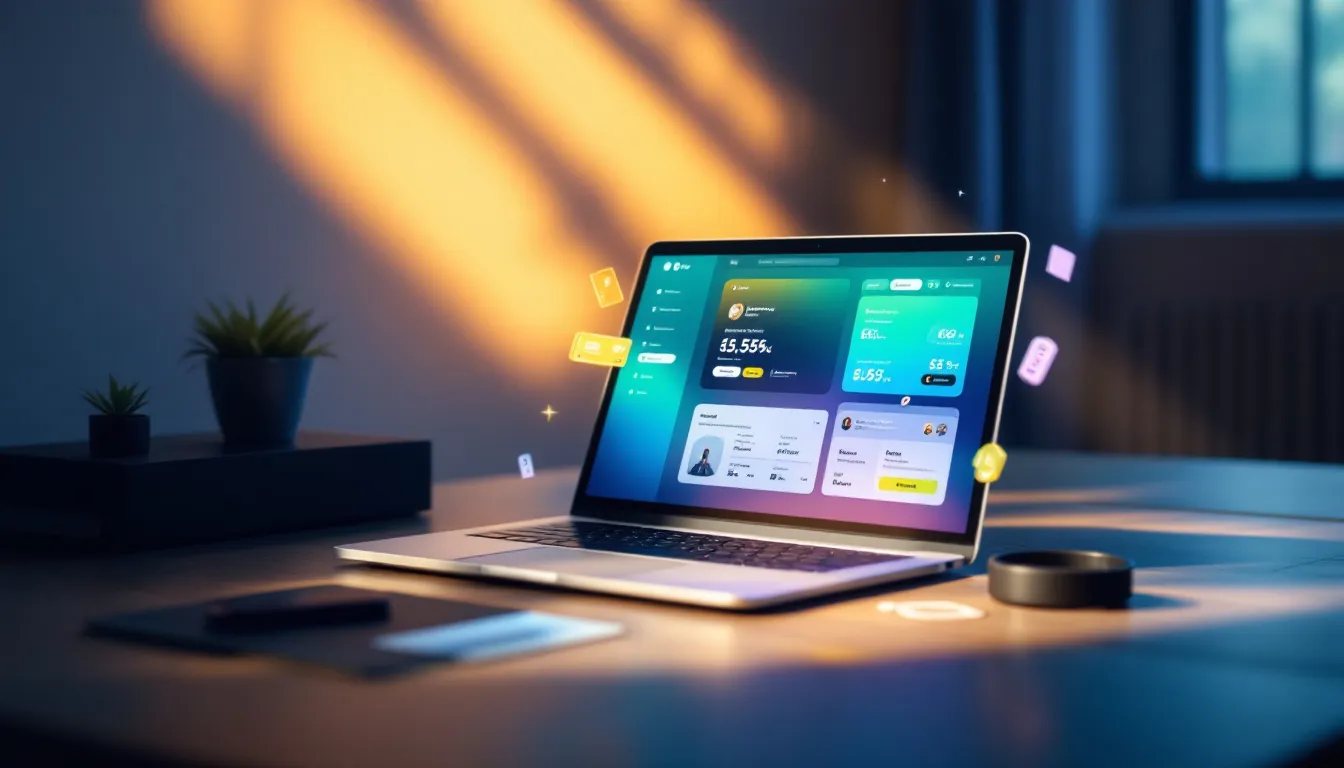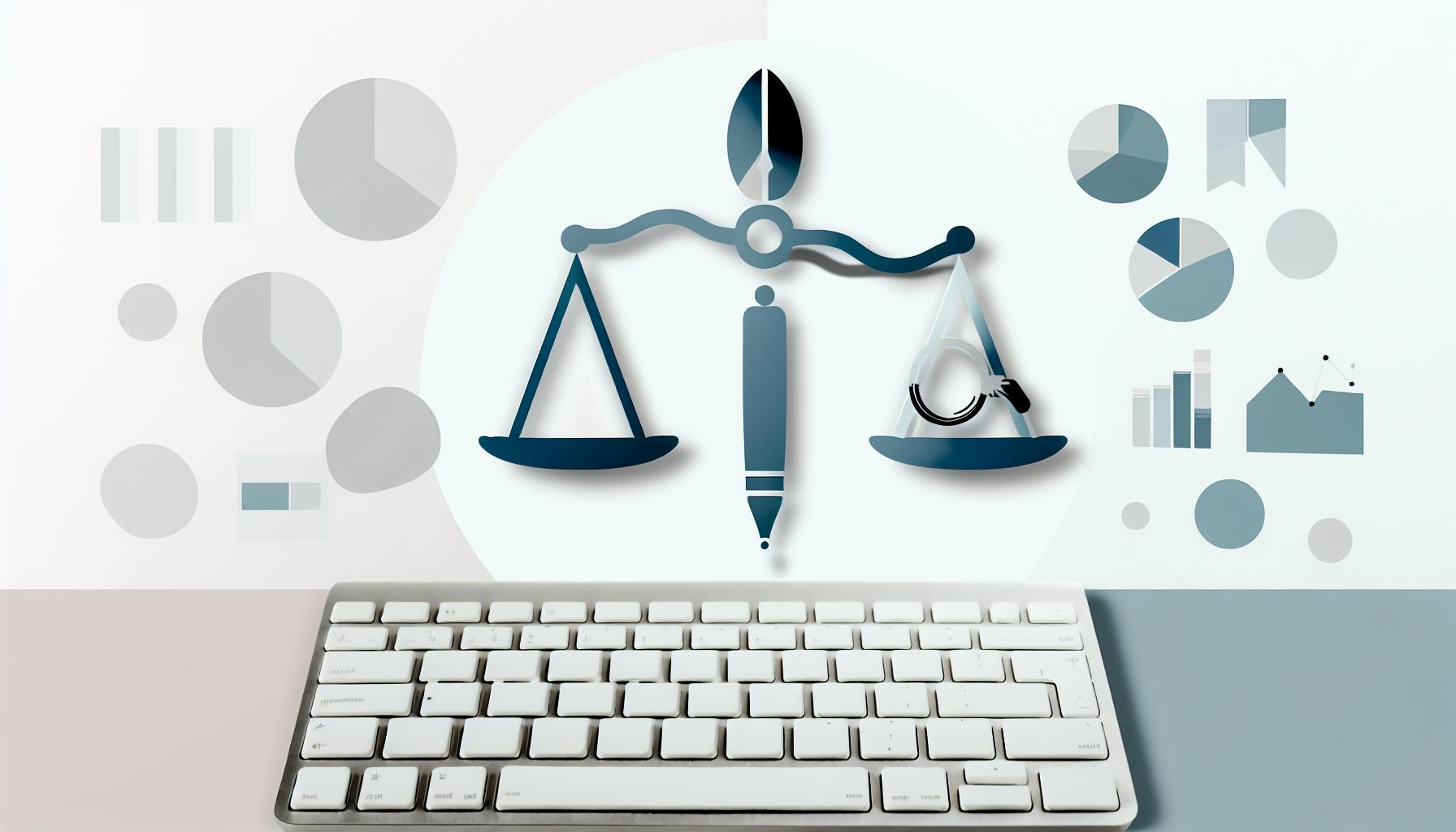Lead scoring helps businesses prioritize potential customers by assigning scores based on how likely they are to convert. There are two main approaches: manual (traditional) and automated (real-time). Here's a quick breakdown:
- Manual Scoring: Relies on fixed criteria like job titles, company size, and engagement metrics. It's labor-intensive, prone to human error, and struggles to scale but offers control for niche markets.
- Automated Scoring: Uses AI and machine learning to analyze data in real-time, offering better accuracy, scalability, and predictive insights. However, it requires a higher upfront investment and technical setup.
Quick Comparison
| Aspect | Manual Scoring | Automated Scoring |
|---|---|---|
| Setup Cost | Low | $890–$3,200/month |
| Accuracy | Human-dependent, prone to bias | Data-driven, more precise |
| Scalability | Limited | Highly scalable |
| Time Efficiency | Labor-intensive | Automated, minimal manual work |
| Best For | Small businesses, niche markets | Large-scale operations |
Key Insight: Automated lead scoring improves conversion rates by up to 50%, while manual scoring works best for smaller businesses with specific needs. Choose based on your lead volume, budget, and sales process complexity.
Manual Lead Scoring
Manual Scoring Process
Manual lead scoring involves evaluating potential customers based on specific criteria. Sales teams look at key factors like job titles, company size, industry, and engagement metrics such as email opens or website visits. Points are assigned based on customer actions and demographics to measure their conversion potential.
Typically, scores range from 1 to 100, with higher scores indicating stronger leads. For example, a prospect might earn points like these:
| Action/Attribute | Points |
|---|---|
| Website Form Completion | 25 |
| White Paper Download | 15 |
| Product Demo Request | 35 |
| Sales Proposal Request | 25 |
Benefits of Manual Scoring
One advantage of manual lead scoring is the control it offers, making it especially useful in niche markets where automated systems might miss subtle details. It also allows for quick adjustments when market conditions change.
"Manual lead scoring has limitations, however: it's labor-intensive and prone to human error." - Piyusha Pilania, Salesforce Consulting Manager at Horizontal Digital
Even with its challenges, manual scoring can deliver results. For instance, a consulting firm saw an 18% revenue increase by focusing on high-value actions like demo requests and proposal submissions.
Manual Scoring Limits
Despite its benefits, manual lead scoring comes with several challenges:
- Time and Resource Demands: Evaluating leads manually can be slow and labor-intensive.
- Inconsistent Results: Human bias can lead to uneven scoring.
- Scaling Issues: As the number of leads grows, manual systems struggle to keep up without adding more staff and resources.
- Frequent Updates Needed: Scoring criteria must be regularly updated to stay relevant in changing markets.
- Missed Opportunities: Without an effective system, sales teams may waste time on low-value leads while overlooking high-potential ones.
To improve results, companies should regularly analyze their customer data to identify patterns in successful conversions. Updating scoring criteria based on these insights helps refine the process and ensures the model stays accurate over time.
Automated Lead Scoring
How Automation Works
Automated lead scoring uses AI and machine learning to evaluate a lead's potential in real-time, addressing the shortcomings of manual scoring methods. These systems analyze large datasets - like user interactions, CRM data, and purchase patterns - to pinpoint high-value leads.
Here’s how the AI-driven process operates:
- Monitors lead behavior across multiple channels continuously
- Examines historical data to uncover conversion trends
- Updates scores dynamically with every interaction
- Provides actionable insights into lead quality
Unlike static manual methods, automated scoring processes data nonstop. Modern AI systems can juggle multiple scoring models at once, weighing data points based on their importance to the business.
Automation Advantages
Workforce Software saw a 121% jump in in-market account engagement within six months by using Demandbase's automated scoring system.
"The Demandbase platform is the perfect ABX engine to help companies understand intent and not just spam potential customers with unwanted emails - to really help you focus and look at where your buyers are along the journey and to support their education." - Linda Johnson, Global Director of Marketing Operations, Workforce
Some key benefits of automated scoring include:
| Benefit | Impact |
|---|---|
| Real-time Updates | Adjusts scores immediately based on lead behavior |
| Scalability | Manages large lead volumes without needing more staff |
| Consistency | Removes human bias from scoring decisions |
| Data Integration | Streamlines processes by combining data automatically |
| Predictive Insights | Spots patterns that might go unnoticed by humans |
Common Issues
Even with its benefits, automated scoring has its challenges:
Implementation Complexity: Setting up automated systems requires a significant upfront investment and technical know-how. Proper data preparation and alignment with business goals are crucial.
Data Quality Concerns: The accuracy of scoring depends heavily on having complete and correct data. Missing or incorrect information can result in flawed scores.
Integration Challenges: Many companies face difficulties such as:
- Linking all necessary data sources
- Tracking lead actions before engagement
- Maintaining consistent scoring across platforms
- Updating models to fit evolving business needs
To overcome these hurdles, businesses should define clear lead profiles and map out the buyer's journey before implementation. Regular system audits and updates are also essential to keep the scoring model aligned with company objectives.
Manual vs Automated Comparison
Key System Differences
Manual and automated lead scoring differ significantly in how they handle data and make decisions. Manual scoring relies on human judgment and fixed criteria, while automated systems use AI and machine learning to analyze historical data and spot patterns. According to research, 68% of top marketers see automated lead scoring as a major driver of revenue, with businesses automating up to 50% of their lead scoring tasks.
Processing Capacity:
- Manual systems handle a moderate number of leads, while automated systems can scale as needed.
Resource Requirements:
- Manual scoring requires ongoing human involvement, whereas automated platforms need an initial setup and minimal maintenance afterward.
Below is a detailed comparison of features for both methods.
Feature Comparison Table
| Feature | Manual Lead Scoring | Automated Lead Scoring |
|---|---|---|
| Initial Setup Cost | $0–1,000 | $890–$3,200/month |
| Data Processing | Manual review and input | Automatic multi-source analysis |
| Accuracy Rate | Varies (human-dependent) | Up to 77% improved ROI |
| Scalability | Limited by team capacity | Highly scalable |
| Implementation Time | Days to weeks | Weeks to months |
| Maintenance Required | Regular manual updates | Self-optimizing |
| Best Suited For | Small businesses, niche markets | Large-scale operations, complex sales cycles |
| Data Source Integration | Limited manual connections | Comprehensive automatic integration |
When it comes to costs, manual scoring mostly involves internal resource expenses. Automated platforms, on the other hand, can be more expensive. For example, HubSpot's Enterprise solution starts at $3,200/month, while specialized tools like Madkudu begin at $1,999/month. However, companies using B2B lead scoring have reported a 77% boost in lead generation ROI compared to those that don’t.
While 56% of businesses now rely heavily on automated lead scoring, manual methods still hold value for organizations with very specific qualification needs or those operating in niche markets. The decision between the two approaches largely depends on factors like company size, lead volume, and available resources.
sbb-itb-645e3f7
Setting Up Lead Scoring
Choosing Your Approach
Your choice of lead scoring method depends on factors like lead volume, budget, team resources, data sources, and the complexity of your sales cycle.
Steps to Set Up
For Manual Lead Scoring:
- Start by calculating your baseline lead conversion rate.
- Identify key customer traits and their associated conversion rates to define your scoring criteria.
- Build a scoring framework using demographic data, engagement levels, company information, and behavioral trends.
For Automated Lead Scoring:
Setting up an automated system typically takes 2-4 weeks and involves:
- Integrating with your CRM.
- Connecting relevant data sources.
- Configuring scoring rules to align with your goals.
The way you set up your lead scoring system has a direct impact on its effectiveness. Whether you go manual or automated, the setup should match your overall strategy.
Once your scoring system is in place, ongoing tracking is essential to fine-tune and improve results.
Monitoring Performance
Keeping a close eye on performance is crucial. Ben Grant, CEO of LearnSales, highlights the importance of agility:
"Lead scoring is no longer a set-it-and-forget-it deal. We're making real-time adjustments based on the latest data. This agility helps us stay ahead of the curve and respond to changing market conditions."
Track these key metrics to measure success:
- Conversion rates from lead to opportunity
- Time taken to convert leads
- Accuracy of scores (predicted outcomes vs. actual results)
- ROI for each lead source
Automated systems often come with built-in analytics to simplify tracking. For example, HubSpot offers a scoring system starting at $15/month, featuring real-time dashboards and conversion analytics. Marketo users have seen a 20% boost in lead conversion rates by continuously analyzing lead behavior and adjusting scores accordingly.
Regularly review your metrics - whether weekly, monthly, or quarterly - to ensure your targets stay on track.
Adobe Success Story: Real-Time Scoring Drives Sales & Marketing Alignment
Making Your Choice
Deciding between traditional and real-time lead scoring depends on your business size, resources, and specific needs. According to recent data, companies using predictive lead scoring achieve an average conversion rate of 15%, compared to just 5% with traditional methods. This highlights the importance of aligning your approach with your operational scale and budget.
For smaller businesses, traditional lead scoring can be a practical option due to its affordability. For instance, tools like Saleswings start at just $11/month. On the other hand, larger organizations may benefit more from real-time lead scoring, especially if they:
- Handle a high volume of leads
- Require fast lead qualification
- Navigate complex customer journeys
- Have the resources to invest in advanced technology
Research supports the effectiveness of real-time methods. Forrester studies suggest that predictive analytics can boost lead conversion rates by up to 50%.
Here’s a side-by-side comparison of the two approaches:
| Factor | Traditional Lead Scoring | Real-Time Lead Scoring |
|---|---|---|
| Setup Cost | Lower initial investment | Higher implementation cost |
| Time Efficiency | Over 20 hours per week on manual tasks | Automated, minimal manual work |
| Accuracy | Prone to human bias | Data-driven and objective |
| Scalability | Limited by manual processes | Highly scalable |
| ROI | 77% increase in lead generation ROI | Up to 70% increase in lead generation ROI |
Laura Ramos from Forrester Research emphasizes the importance of focusing on lead quality over sheer volume:
"B2B marketers who emphasize lead volume over lead quality reduce sales efficiency, increase campaign costs, and fuel the gap between sales and marketing. To generate qualified demand, marketers need technology and processes that capture lead quality information; validate, score, and classify leads."


